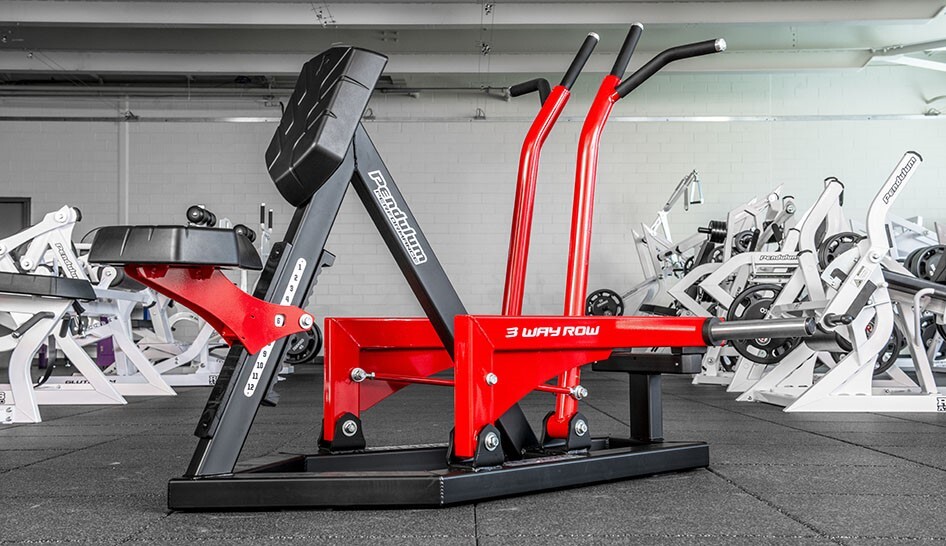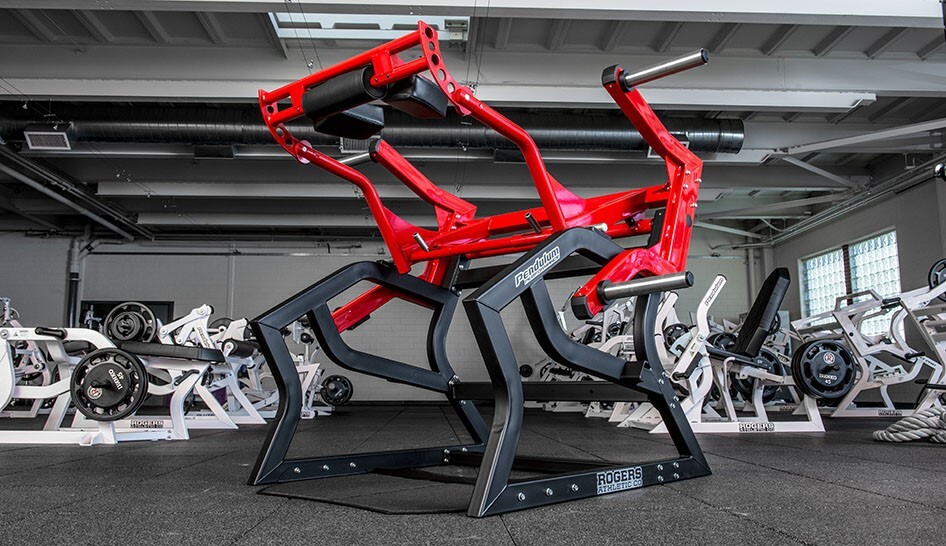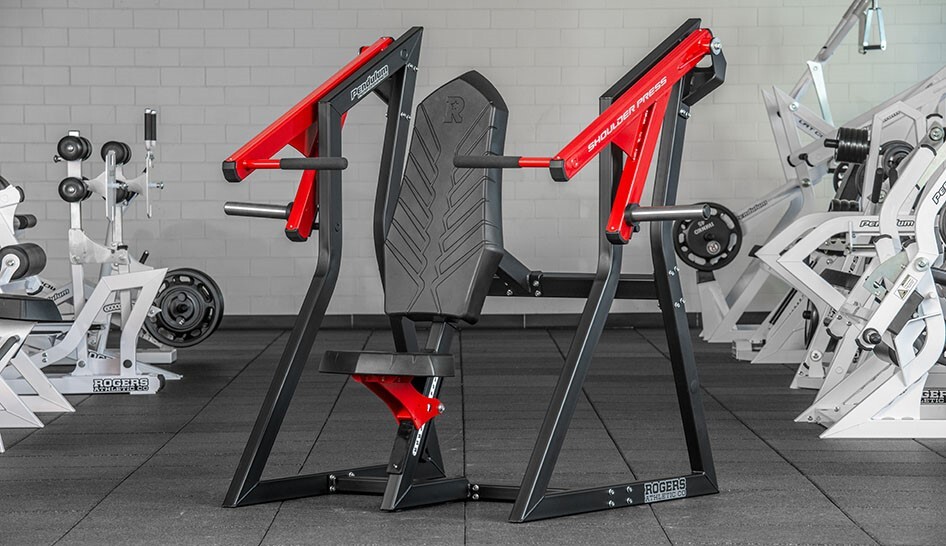Another advantage the machines offer helping those new to the gym acclimate effectively.
“Once a person develops the skill necessary to successfully maneuver their way around a weight room then plate-loaded equipment and free weights become interchangeable,” he notes. “However, when working with novice lifters, I will spend my time utilizing machines to speed up the learning curve, increase the likelihood of success, and hopefully create a long-term habit by teaching a step-by-step tier method of developing strength.
“My opinion with regards to addressing the differences or similarities between free weight and plate-loaded machine is knowing how to properly use the tools in your toolbox, and when or why you would program one form of strength equipment or the other,” he continues. “We hear ‘better and best exercise’ far too much from professionals who are programming strength when the advice should be more along the lines of how each exercise is capable of positively influencing a desired outcome.”
“A biomechanically sound machine instantly provides results by reducing the skill needed to perform the movement,” says Hobson. “It can take years to master a complex Olympic movement. By removing that long learning curve, we can provide immediate results.”
Maximizing Movement
Pendulum Performance machines, notes Hobson, reduce the skills necessary to perform exercises while increasing the effectiveness of the movement.
Rogers Athletic, Pendulum Strength’s parent company, has been manufacturing athletic equipment since the 1930s and has a long track record serving collegiate and professional sports programs. Pendulum Strength has been manufacturing strength equipment for these programs for over 25 years and has been part of Rogers Athletic since 2007. The company recently moved into the club space a new line of machines called Pendulum Performance.
“The benefits of strength and conditioning have spread beyond the field of play, and into homes, offices, and retirement communities. The growing number of people participating at gym and wellness centers is staggering.” Hobson says. “Today, we are taking the very tools we have created for our nation’s top athletes and putting them in the hands of every fitness enthusiast.”


